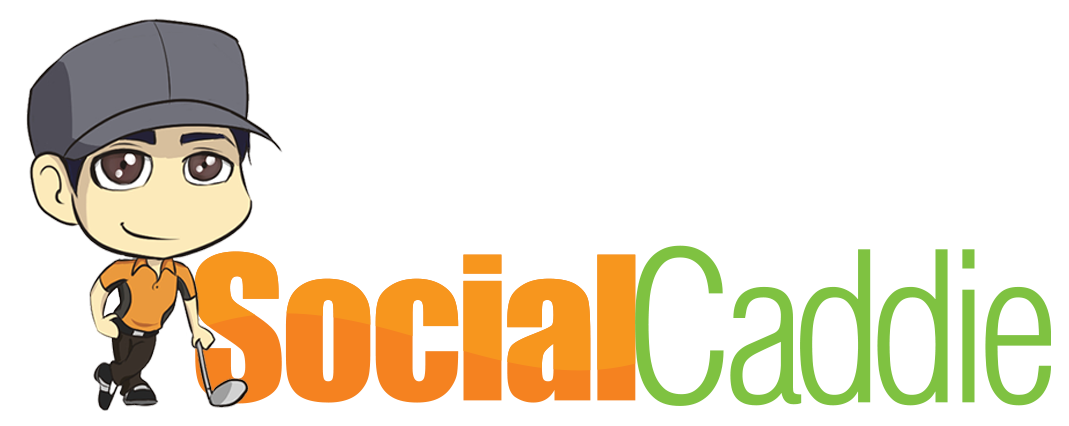Verbal SEO – The Art of Creating Stories and Driving the Conversation.

One of my first mentors in the Hospitality Industry always said, “A good salesman never sells”. At first, I didn’t understand what he was saying. However, through the years, I have come to appreciate exactly what those words meant.
To me, there are different types of sales people:
Aggressor
In your face only talking about how badly you need their product – heavy on negotiations and combative.
Desperate
These sellers focus more on how badly they need the sale versus how the customer can benefit from their product.
Closer
Smooth and well versed, but can sometimes, come across as arrogant.
Scripted
Sounds robotic and feels like they are reading from a sales manual.
Visual
Heavily dependent on marketing materials; can sometimes provide too much information where customers get confused or lost.
I consider myself a storyteller/socializer type of sales person. Rather than focusing on selling the product, I focus on building a long term relationship that will eventually turn into a sale.
So, what type of salesperson are you?
Do you know how to tell stories? Can you capture a client with a compelling pitch, draw them in and lead them on a sales journey from beginning to end?
You may think business is all figures with a dash of charisma, but there’s much more to it. Good storytelling skills power successful marketing. When we discuss stories in marketing, we don’t mean fiction. You never have to exaggerate or fabricate your product to make it sell. With the right narrative abilities, you can sell just about anything to anyone because you understand its value, not just its price and purpose.
If you’ve read up on advertising and sales at all in the past few years, you’ve probably seen storytelling mentioned. Storytelling or “story selling” is framing business data into a compelling narrative that engages and persuades your audience.
Rather than relying on outdated sales tactics that shareholders and customers see right through, telling a story that frames your product and its value in the right context will build trust and establish credibility.
The Basics of Story Selling
When you want to tell a sales story, you will have to consider many of the same topics authors do such as characterization, setting, and wording.
It might be instructive to ask, “What’s my purpose for telling this story?” when you begin to draft a new sales narrative. Instead of focusing on your brand’s goal, flip the script and ask yourself, “What’s my client’s purpose?”
When you start to evaluate things from your client’s perspective, you can shape your narrative around a solution instead of a product. This is your story’s ‘happily ever after’.
Where do you start?
A good sales story starts with analysis. Reflect on previous customer interactions. Which ones were the most and least successful? What were the key characteristics of each? If you haven’t already, create buyer personas that will help you tailor each of your stories to the right person.
Once you know who you’ll be advertising to, you need to collect data. A lot of sales representatives find themselves caught in a long-winded speech filled with nothing but facts and figures. Data is important, but you need to present it in a way that your listeners will understand and that the information will resonate.
Good business data means nothing if it isn’t understood. Stories organize data in a logical and creative way, which makes it easier for customers to understand and value.
The 5 Most Important Tips to Remember
Although there are hundreds of articles about how to write the perfect sales pitch, you only need to remember a few rules to get started and see positive results.
1. Segment your audience and develop narratives for multiple personas.
2. Practice makes perfect- conduct test-runs on coworkers and work together to revise stories before they are presented.
3. Be professional but personable. Even if you’re talking to the CEO of a Fortune 500 company, they’re still a human being.
4. Start with your solution and work your way backward during the drafting stage.
5. Make your story interactive by asking the customer direct questions. This builds rapport and includes them in the narrative.
Finding Your Voice
As sales professionals, conversation is everything. Rather than using our voices to project and persuade, we should use them to connect. Stories help build trust, which leads to more conversions and strengthens customer loyalty.
Focus on your own style of sales pitching, and use your core characteristics to construct your narratives. You don’t need to worry about memorizing and reciting a script; instead, focus your attention on your customers’ needs, and use your stories to show them just how valuable your product can be.
Verbal Optimization
Verbal Optimization is something I love to do. I define it as the ability to guide conversation on a path where you determine the end result. Many of us already use this in every day conversation. However, putting it into a plan is the key.
How does it work?
Just like with digital Search Engine Optimization, the use of keywords determine what the person will get next.
The key with verbal optimization is to be able to almost carry two conversations at the same time. One is the person and the other is with your self. You have to be able to use the current flow of the conversation and think to your self, What will the person say if I say this? And be mentally prepared to use another keyword to bring the conversation back to the path should the person steer away.
Here’s a sample of something that I love to do to drum up leads:
As many of my friends know, I enjoy visiting bars and meeting new people. I use this as opportunity to fine tune my Verbal Optimization tools.
I look for the best seat at the bar. Not too close to people. But, close enough to where we can hear each other.
I always order Blackwell Rum with Coke. 99.9% of the time, they do not have Blackwell Rum.
At this point, any good bartender will ask, “where is that rum from?” That’s where the game starts for me.
I explain to them that it’s a Jamaican Rum created by Chris Blackwell. The founder of Bob Marley, U2 and other big name musicians.
As I tell the story, I take note of the response I am getting from the bartender and people around me. I already have 2 sceneries playing in my head.
1 – What will I say next if the bartender is not engaged?
2 – How can I dig deeper to create an emotional attachment?
If the person is not really engaged, I ask some key questions to bring them in. Questions like:
1 – Do you like Bob Marley? (who does not like Bob Marley) If no, then I talk a little about how impactful he has been to the music world and the Island of Jamaica.
2 – Have you ever visited Jamaica or any Islands of the Caribbean? If the answer is no, then I ask a follow up question of if you could visit any Island in the Caribbean, which would it be?
Again, Already have stories and keywords in mind to keep the conversation going.
At this point, they are usually hooked. And so are the people around me.
So, what is my ultimate goal? Where do I want this to go?
1 – I want to let them know that I am very knowledgeable about Jamaica and the Caribbean.
2 – I want them to ask me, “how do you know so much about the Caribbean?”
3 – I want them to ask “What do you do?”
4 – I want them to remember me.
At this point I use a different set of keywords to move on to what I do and how I can help them.
During the first part of the discussion, I use keywords that I know make people happy and engaged. Keywords like:
– Bob Marley
– Jamaica
– Reggae
– Caribbean
So what did I accomplish?
– Introduced them to a new rum and a great story
– Created a personal connection by touching into their dreams. I know that a question like “Where would you like to travel to?”, will stay in there mind for a while. As will I – for giving them the opportunity to fantasize.
– Shared some pretty cool stories that will most likely be shared. Either verbally or digitally.
– Introduced myself as a marketing specialist who is different, knowledgeable and most of all passionate. I have at least a dozen clients or projects which developed as a result of this sales technique.
And I usually end up with a few free cocktails and an exchange of contact information.
Again, we use these skills on a daily basis. Almost like when we were children and used keywords to drive our parents crazy:
Child: “Mom, can I go outside to say hi to my friends?”
Mom: “Not today”
Child: “I’m so bored!”
Later that afternoon…
Son: “Mom, can I have some chocolate chip ice cream?”
Mom: “Yes, that’s a great idea.”
Son: “Awww there’s no more left. Should I go get us some??
Facts:
Goal was to go outside
Knew there was no chocolate chip ice cream in the house
Used specific keywords to get reactions:
Bored – status of how he feels
Chocolate Chip Ice Cream – Knew it was moms favorite
Get US some – Emotional connection where there are mutual benefits.
Although a very simple example, enhancing this same thought process can help you be a better sales person.
The great thing is that it’s easy to perfect your skills. Just try it. And the worse thing that can happen is that conversation ends. Use that as a lesson and keep trying to take that conversation a little further.
If anything, you will meet some great people.

